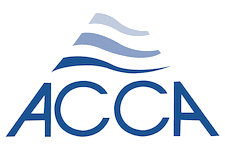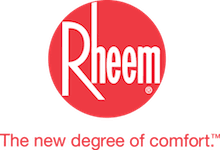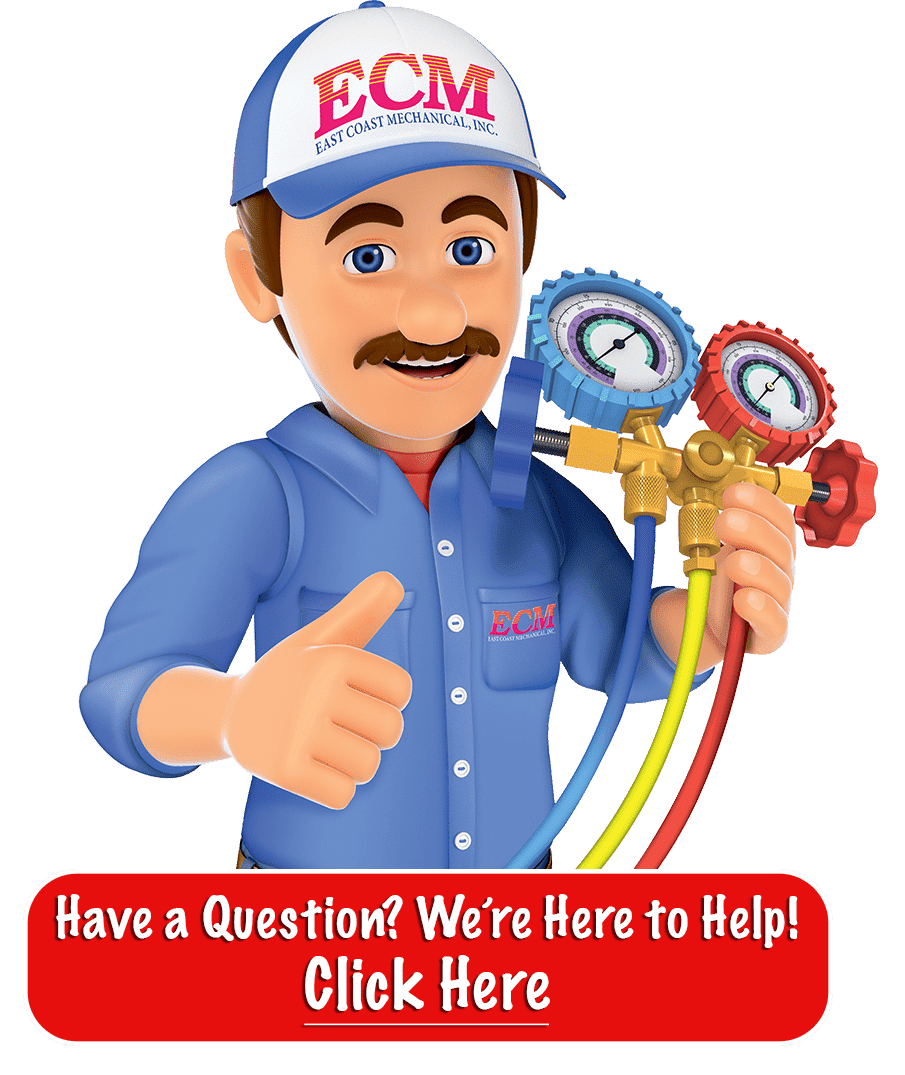Air conditioners are essential for keeping our homes and workplaces comfortable, particularly during the hot summer. These machines work by removing heat and humidity from the air inside the space and then cooling and circulating that air back into the room. They consist of various parts that work together to make the air conditioning process possible. This article will discuss the different parts of an air conditioner and its functions.
Compressor
One of the critical components of an air conditioner is the compressor. Its primary function is to compress the refrigerant gas, which cools the air in the system. The compressor is a pump-like device that increases the pressure and temperature of the refrigerant, pushing it through the system’s coils.
Evaporator
The evaporator is another essential component of an air conditioner. It is responsible for absorbing the heat from the air in the room and transferring it to the refrigerant. Typically, the air handling unit houses the evaporator inside the building. Next, the refrigerant absorbs the heat as the warm air passes over the evaporator coil. Finally, the air conditioning system sends the chilled air back into the room for the distribution.
Condenser
The condenser is part of the air conditioner that releases the heat the refrigerant absorbs. The air conditioning system places the condenser outside the building to remove the heat from the refrigerant into the outside air. Engineers design the condenser coil with a large surface area for efficient heat transfer.
Expansion valve
The expansion valve is a small air conditioner component that controls the system’s refrigerant flow between the evaporator and the compressor. It regulates the pressure and temperature of the refrigerant as it moves through the system.
Fan
The fan is the air conditioner part that moves air through the system. There are typically two fans in an air conditioning unit: the indoor blower and the outdoor fan. The air handling unit contains the indoor blower. It moves air over the evaporator coil, while the outdoor fan is in the condenser unit and moves air over the condenser coil.
Filter
The filter is an essential part of an air conditioner that helps to keep the air clean and free of dust, debris, and other pollutants. Typically, the return air duct houses the filter. Its job is to trap particles that could damage the system or reduce air quality. Therefore, regular cleaning or replacement of the air filter is essential to ensure the proper functioning of the air conditioning unit and to maintain good air quality.
Thermostat
The thermostat is the control panel of the air conditioning system. It sets the desired temperature and regulates the system’s operation. To maintain the desired temperature level, the thermostat communicates with other system components, such as the compressor and the blower.
Refrigerant
The refrigerant is the substance used in the air conditioning system to cool and dehumidify the air. The system circulates a liquid that absorbs heat from the air inside the building. Common refrigerants used in air conditioning systems include R-410A, R-22, and R-134a.
What parts of an AC need to be replaced?
Air conditioners are complex systems with many different parts that work together to provide cool and comfortable air. Unfortunately, some parts may wear out or become damaged over time, leading to decreased performance or complete system failure.
- Air Filter
The air filter is an essential part of an air conditioner that helps to keep the air clean and free of dust, debris, and other pollutants. However, the filter can become clogged with dirt and debris over time, reducing airflow and decreasing efficiency. Experts advise cleaning or replacing the air filter at least once a month during periods of heavy use.
- Capacitor
The capacitor is a small electrical component that helps to start the compressor and the fan motor. Over time, capacitors can weaken or be damaged, leading to problems with the system’s starting. Symptoms of a bad capacitor may include a humming sound when the system is turned on or failing to start altogether. A professional technician should replace the capacitors.
- Thermostat
The thermostat is the control panel of the air conditioning system. Over time, the thermostat may become inaccurate, leading to temperature inconsistencies or other performance issues. Recalibrating or replacing the thermostat may become necessary if it’s malfunctioning.
- Compressor
The compressor is one of the most critical parts of an air conditioner, responsible for compressing the refrigerant gas, which is used to cool the air in the system. Over time, the compressor can become worn or damaged, leading to decreased performance or complete system failure.
- Condenser Coil
The air conditioner’s outside unit contains the condenser coil. It is responsible for releasing the heat that was absorbed by the refrigerant. Over time, the condenser coil can become clogged with dirt and debris. If the condenser coil is dirty or damaged, it may need to be cleaned or replaced.
- Evaporator Coil
The evaporator coil is responsible for absorbing the heat from the air in the room and transferring it to the refrigerant. Over time, the evaporator coil can become clogged with dirt and debris, reducing airflow and decreasing efficiency. If the evaporator coil is dirty or damaged, it may need to be cleaned or replaced.
Air conditioners are complex appliances with many different parts that work together. Therefore, understanding an air conditioning system’s other components and functions is essential in maintaining and repairing these appliances. In addition, regular maintenance, such as cleaning or replacing the air filter, can help ensure that the air conditioner runs efficiently and effectively, providing cool and comfortable air all summer.
















